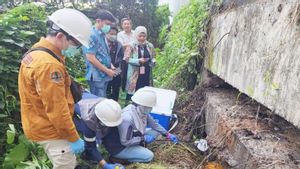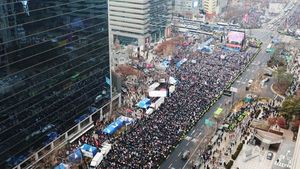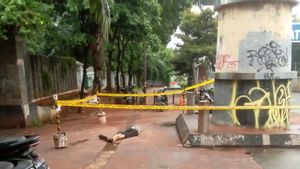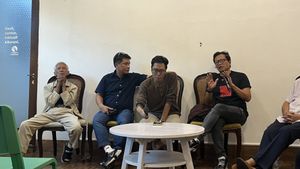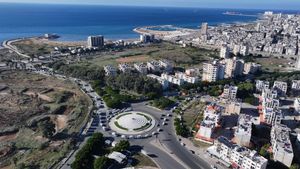JAKARTA - Since the deadly incident involving George Floyd and the Minneapolis Police, United States on May 25, 2020, the world has been looking for ways to deal with mental health problems, addiction and poverty that do not involve the police.
In Toronto, Canada, these conversations have become very private for people with skin, following the death of Regis Korchinski-Paquet, a 29-year-old black woman who fell from the balcony of her apartment on the 24th floor, during a police investigation. Even so with the shooting death of Ejaz Chaudry, a 62-year-old Pakistani man during an examination conducted by the police.
Both incidents, which occurred in the weeks following Floyd's murder, join a long list of cases in which both people of color and native Canadians have been killed during police inquiries.
Last week, the Toronto City Council approved the launch of a program that would make police work, replaced by a civilian-led team, specifically for treating mental health and addiction checks by dialing 911. Earlier, throughout last summer, the people of Toronto called for the disbandment of the police agency.
"This past year, we've seen and heard Toronto residents who want to see a police service reformed, modernized and efficient. This is a shared priority for us," interim police chief James Ramer told the Toronto Police Council in January.

While the exact details of the program, including funding, remain unclear, a pilot program is slated for launch in 2022, with the full implementation of the promised program by 2025. This means that early next year, some calls related to mental health , homelessness, and / or addiction may not necessarily involve using police officers at all.
Asante Haughton, co-founder of the Reach Out Response network, called the city's decision a welcome change of direction, and expressed optimism that both politicians and police were starting to recognize the idea that police responses were unsuitable for a large number of emergencies.
"The reason why we are arguing (for a non-police solution) is not necessarily a response to the ongoing conversation about police brutality," said Haughton, adding that while the two issues are inseparable, the core message is about determining expertise in an emergency. response.

"Our main concern is highlighting that mental health emergencies are not crimes, so we need people equipped with tools to respond to mental health emergencies, who are not police," he explained.
Similar programIn the United States itself, similar programs have been launched or are in preparation. its base is the CAHOOTS (Crisis Assistance Helping Out on The Streets) system, which provides crisis intervention services by sending a team of medical specialists to crisis workers.
This includes everything from suicide prevention to substance abuse, domestic violence, homelessness and other poverty-based services such as providing access to transportation, food and housing.
Since its introduction, CAHOOTS has been hailed as a significant success - not only in Oregon, but across the United States and in parts of Europe, where its framework has been used to design dozens of similar programs such as those in Denver, Austin, San Francisco, and Albuquerque.
"We need to change the way people think about the role of a police call," said Rachel Bromberg, who co-founded the Reach Out Response Network

In Olympia, Washington, where the CAHOOTS-inspired team has been active for nearly two years, the results have been extraordinary. Called the Crisis Response Unit (CRU), it is an extension of the Olympia Police Department, to handle emergency calls around homelessness, domestic violence and substance abuse.
Like most CAHOOTS programs, the CRU operates on an operator triage model, in which 911 calls are evaluated on the basis of potential violence or crime. If deemed appropriate, the dispatch notifies the CRU operator of an incident, and the CRU is then present.
“Everything we do is in the community. We don't sit in the office and wait for something to come to us, "explained CRU Coordinator Anne Larsen.
Unlike the CAHOOTS model, CRUs don't respond to medical emergencies, meaning they can't handle situations where someone has overdosed, for example.
The English, Chinese, Japanese, Arabic, and French versions are automatically generated by the AI. So there may still be inaccuracies in translating, please always see Indonesian as our main language. (system supported by DigitalSiber.id)



